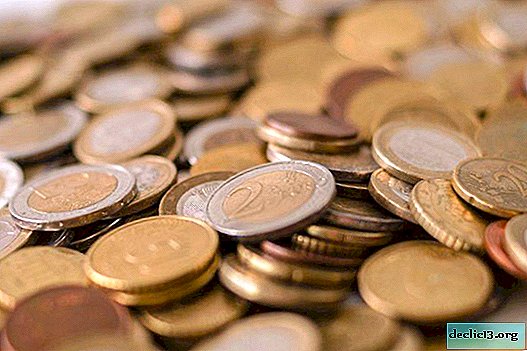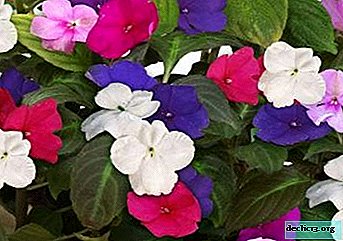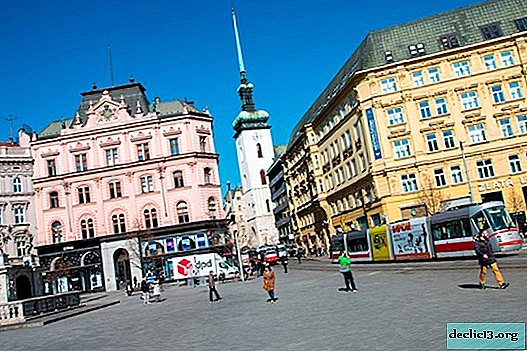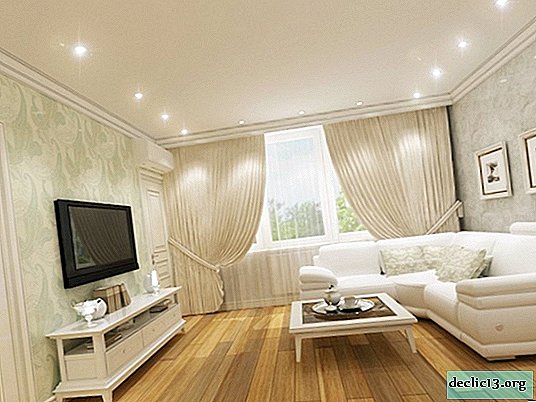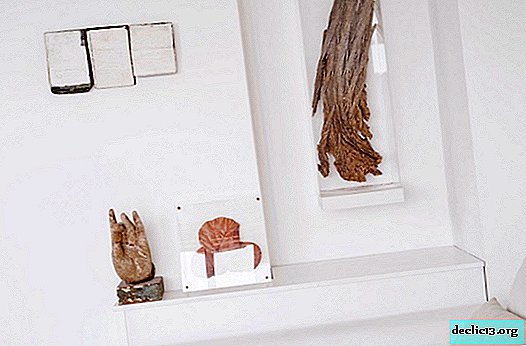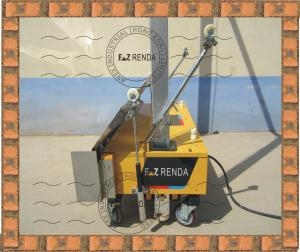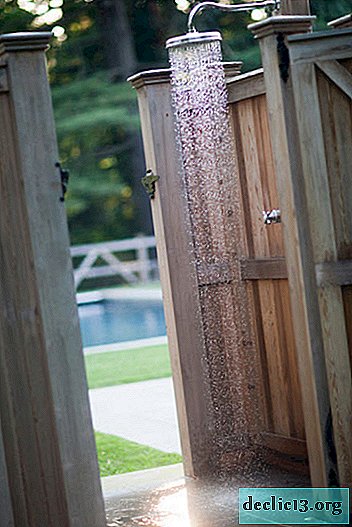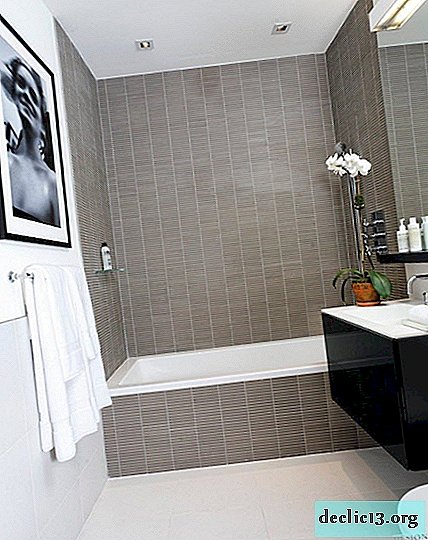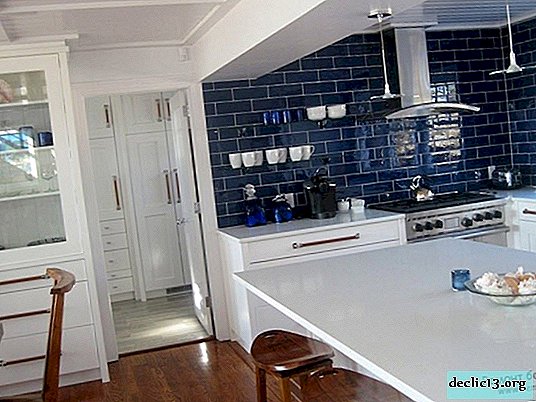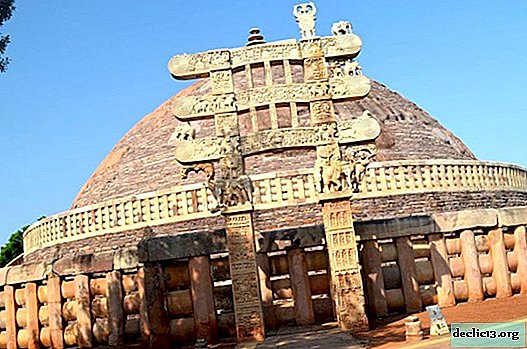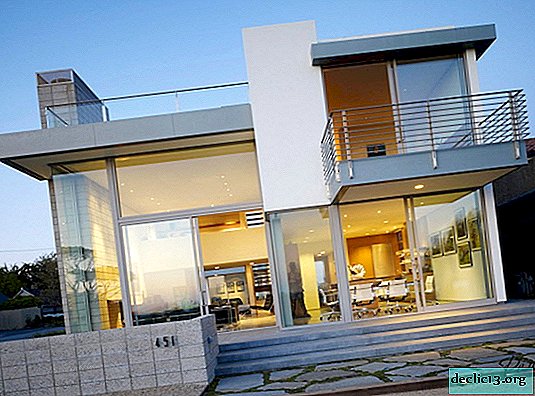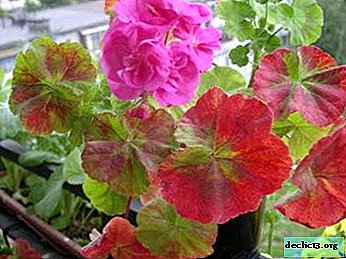Types of putties
Putty is used to eliminate minor defects and smooth various surfaces. Available in paste and powder form. Depending on the composition of the binder, there are the following types of putty: gypsum or cement based, universal, polymer, special, waterproof, finish. Each subspecies has its own characteristics and is used in the decoration of a particular surface. Let’s take a closer look.
Plaster based putty It stands out for its whiteness and plasticity. It is very convenient to use, easy to apply and sand. It is no secret to anyone that gypsum has the ability to absorb excess moisture from the air, and when not enough, give it back. That is why gypsum-based putty the ability to create a favorable microclimate in any room.
Cement-based putty used for both internal and external work. Most often used for finishing concrete and brick surfaces. The material is sufficiently moisture resistant, therefore, it is also used for decoration of rooms with high humidity (bathroom, facade, etc.). Moreover, cement putty has high resistance to low temperatures.
Polymer putty used for final finishing work indoors. In addition, the material is used to seal joints, seams and other various cracks that are a consequence of the penetration of water.
Universal putty stands out for its high strength among its "classmates." After application, it forms a fairly even surface of gray or white color with no visible defects. The material does not crumble and is easy to grind.
Finishing putty used at the final stage to eliminate smaller cracks and scratches. It is applied to the surface with a very thin layer, about one millimeter. The material is usually applied in several layers, and it is necessary to dry well each previously applied layer. It is very important that the thickness of the layer does not exceed the norm, otherwise the surface may crack. The material does not require grinding. After drying, a dense, silky white surface is formed.
Waterproof putty It is used for exterior and interior decoration of cement, concrete and plastered surfaces. It has high moisture resistance.
There are other types of putties
Glue putty - 10% consists of a solution of glue, drying oil and chalk. Thanks to what the material is durable and easy to apply to the surface.
Oil and glue putty - contains water, acrylates, drying oil, plasticizers and other additives. Most often used to align various defects in the walls and ceiling of wood or concrete. It can also be used on plastered surfaces, which will subsequently be painted or peeled off with wallpaper. The material is intended for internal use only.
Latex Putty - consists of acrylates, water, a plasticizer, a calcite filler and other additives. It is applied similarly to oil-glue plaster. Used for interior use.
Acrylic universal putty - It is made according to modern technologies from chemical raw materials. It has a dense fine-grained surface and combines the properties of leveling mixtures. It is easily polished with an emery cloth, and after complete drying it does not crack or shrink. Acrylic putty is considered an environmentally friendly, safe and high quality material. Great for homework, especially if there is no time to choose a separate putty for each material. It is used for internal work when leveling plastered, drywall, wooden and concrete surfaces. It is applied both thin and thick.
Facade acrylic putty - characterized by increased moisture resistance and is used for outdoor work on concrete, plaster and wood. It is perfectly filled and leveled, does not crack, does not reach for a spatula, and has increased strength. The material dries quickly, is easy to sand, has abrasion resistance and high ductility.
Oil putty - contains desiccants, chalk and natural drying oil. The material is used in the preparation of window spans, exterior doors, window sills, floors and other “wet” surfaces. It is used where preliminary alignment is required before staining with oil, water-dispersion paints and enamels. It has high adhesion. Most often used for indoor work in dry or wet rooms.
Oil and glue putty luxury - used to align ceilings and walls in rooms for wallpaper or painting. Also, the material can be used as a finish on drywall and gypsum-fiber surfaces.
Chakril - It is used to smooth various plastered surfaces and putty plinths. Sometimes used for gluing ceramic tiles, but only in dry rooms. If the material is diluted with water, then it is perfect for whitewashing ceilings and walls with a brush.
Putty "chakril superwhite universal" - characterized by ductility and good adhesion. Can also be used for adhesive ceramic tiles in dry rooms. It is used for cement, plaster, concrete, plasterboard and gypsum-fiber surfaces.
Summarize
All types of putty are distinguished by their unique qualities, advantages and disadvantages. The material is selected depending on the type of surface, room conditions and, of course, financial capabilities. You can read about other rough works here.

